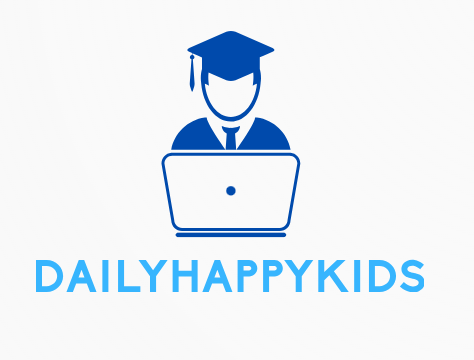|
Getting your Trinity Audio player ready...
|
In today’s digital age, online learning has become an integral part of education for children of all ages. Whether it’s due to remote learning needs, homeschooling, or supplementing traditional classroom instruction, navigating the world of virtual education is essential. However, ensuring that online learning is both engaging and productive requires a thoughtful approach. This article dives into expert tips and tools to help parents and educators guide children through the online learning journey, tailoring strategies for various age groups.

Creating a Positive Learning Environment
To kick off a successful online learning experience, it’s crucial to establish a positive and distraction-free environment. Designate a quiet and organized space where your child can focus on their lessons without interruptions. Make sure the area is well-lit and equipped with the necessary tools, such as a computer or tablet, headphones, and any required textbooks or materials.
Setting a Consistent Schedule
Consistency is key to effective online learning. Develop a daily schedule that mirrors a typical school day, including designated break times for relaxation and physical activity. Having a structured routine helps children stay engaged and enhances their time management skills.
Utilizing Interactive Learning Platforms
Engagement is at the heart of successful online learning. Many educational platforms offer interactive features such as quizzes, games, and virtual simulations. These tools not only make learning more enjoyable but also help children grasp and retain concepts more effectively.
Incorporating Visual and Multimedia Resources
Visual aids and multimedia resources can enhance comprehension and retention. Encourage the use of educational videos, animations, and interactive diagrams that cater to different learning styles. These resources can make complex subjects more accessible and engaging.
Fostering Peer Interaction
Virtual learning doesn’t have to be isolating. Arrange virtual study sessions, group projects, or discussions with classmates through video conferencing tools. This fosters social interaction and collaboration, mimicking the in-person classroom experience.
Providing Age-Appropriate Support
Different age groups have distinct needs when it comes to online learning. For younger children, parents may need to provide more hands-on guidance, while older children can take on more responsibility for their own learning. Tailor your involvement to your child’s age and developmental stage.
Monitoring Screen Time and Breaks
While online learning is essential, screen time management is equally important. Encourage regular breaks that involve physical activity, creativity, and relaxation. Balancing screen time with other activities contributes to a well-rounded daily routine.
Addressing Technical Challenges
Technical glitches can be frustrating for both children and parents. Ensure that you and your child are familiar with the online learning platform and troubleshoot any potential issues in advance. Establish clear communication channels with teachers and technical support if needed.
Encouraging a Growth Mindset
Online learning may come with challenges, but it’s an opportunity to foster a growth mindset. Teach children that mistakes are part of the learning process and encourage a positive attitude towards problem-solving. Celebrate their achievements and efforts along the way.
Incorporating Real-World Application
Make the online learning experience more meaningful by incorporating real-world applications. Connect the concepts learned in the virtual classroom to everyday scenarios or current events. This helps children see the relevance of their education and encourages critical thinking.
Encouraging Self-Directed Learning
Online learning provides an opportunity for children to develop self-directed learning skills. Encourage them to explore topics that interest them beyond the curriculum. This autonomy fosters a sense of ownership over their education and ignites a lifelong love for learning.
Tailoring Feedback and Assessment
Effective feedback is essential for progress. Teachers and parents should provide constructive feedback that focuses on strengths and areas for improvement. Additionally, involve children in self-assessment, encouraging them to reflect on their learning journey and set goals for improvement.
Balancing Flexibility and Structure
Online learning offers flexibility, but it’s important to strike a balance between a structured routine and flexibility. While structured schedules provide stability, occasional flexibility allows for spontaneity and accommodating individual needs.
Addressing Digital Literacy and Safety
As children navigate the digital landscape, it’s crucial to teach them about online safety, responsible internet use, and digital etiquette. Educate them about privacy settings, reliable sources of information, and how to communicate respectfully online.
Conclusion
Online learning for kids has its unique set of challenges and opportunities. By creating a supportive learning environment, embracing interactive tools, and tailoring strategies to different age groups, parents and educators can ensure that children thrive in the virtual classroom. With the right approach, online learning can become a platform for curiosity, exploration, and academic growth.

